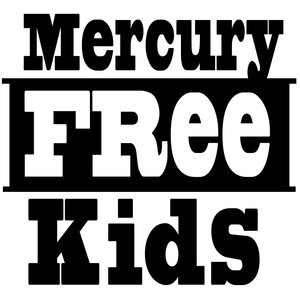Never use any bleach but Clorox, for any reason. Some bleach is tainted with mercury. http://www.mercuryfreekids.org/hg-poisoning-sources/
Household bleach has strong anti-bacterial and anti-viral properties and is used as a germicide in homes, hospitals, commercial kitchens and other places where sanitation is required. It only takes a small amount of bleach, diluted in water, to kill disease causing microbes. Since germs on the skin are thought to aggravate some skin conditions, treatment with dilute bleach baths is being used in the treatment of some chronic skin diseases.
How to Prepare a Bleach Bath
The same household bleach that is used to disinfect laundry is suitable for the bath. The recommended dilution is ½ cup of bleach to 40 gallons of water. Patients are advised to take no more than two bleach baths per week for optimal results. It is recommended that individuals soak for five to ten minutes then rinse the solution from their skin. Since bleach can irritate dry or cracked skin, a doctor should be consulted before this therapy is started. The head and face should not be submerged during the bath.
Treatment for Psoriasis
Psoriasis is an autoimmune skin disease that is characterized by red, dry, scaly patches of skin. Conventional treatment for the disease includes injected immunosuppressants like Embrel and Humira which are also used to treat conditions like rheumatoid arthritis. Since any break in the surface of the skin is an invitation to infection, many dermatologists are recommending bleach baths be used with other psoriasis treatments. Patients have reported fewer and less severe outbreaks after starting bleach baths.
Atopic Dermatitis
The cause of atopic dermatitis is not known, but the presence of certain microbes on the skin can worsen the condition. Twice weekly treatments with bleach diluted in water have been shown to improve symptoms in many patients suffering from this condition. The bleach treatments are used as a part of the treatment regimen and provide symptom improvement only when used with other remedies prescribed by a doctor. Individuals with rashes should seek medical advice before treating their skin with bleach.
Contraindications for Bleach Treatments
Individuals who regularly swim in chlorinated or salt water should tell their doctors before commencing treatment with bleach since the concentration of chlorine in swimming pools is higher than the levels in diluted bleach treatments. Sea water and salt water contain fairly high levels of chlorate, an active ingredient in bleach. People with a history of allergies to bleach, chlorine or hydrogen peroxide should not attempt to treat skin irritations with bleach solutions since this may cause a severe allergic reaction.
Alternative Application Method
While soaking in bleach and water is the most recommended method of therapy, a spray bottle can be used to apply the solution to affected areas of skin. The mixture for this method is one milliliter of bleach to 1.5 liters of water. The bleach solution should be left on the skin for five to ten minutes and then rinsed off under running water. Since bleach irritates mucus membranes, the spray should not be used near the nose, mouth or eyes and inhalation of the spray should be avoided.
In double-blind clinical studies, most patients showed an improvement in symptoms after between one and three months of treatment. Bleach baths are not a cure for skin diseases and should be used in conjunction with other recommended treatments. Patients should consult a dermatologist to find out if bleach bath treatments are a suitable therapy for their disease.
Additional sources
http://www.mayoclinic.org/diseases-conditions/eczema/expert-answers/eczema-bleach-bath/faq-20058413
http://www.drugs.com/mcf/eczema-bleach-bath-can-it-improve-my-symptoms
http://www.staampallergy.com/what-we-treat/bleach-baths-for-atopic-dermatitis/

